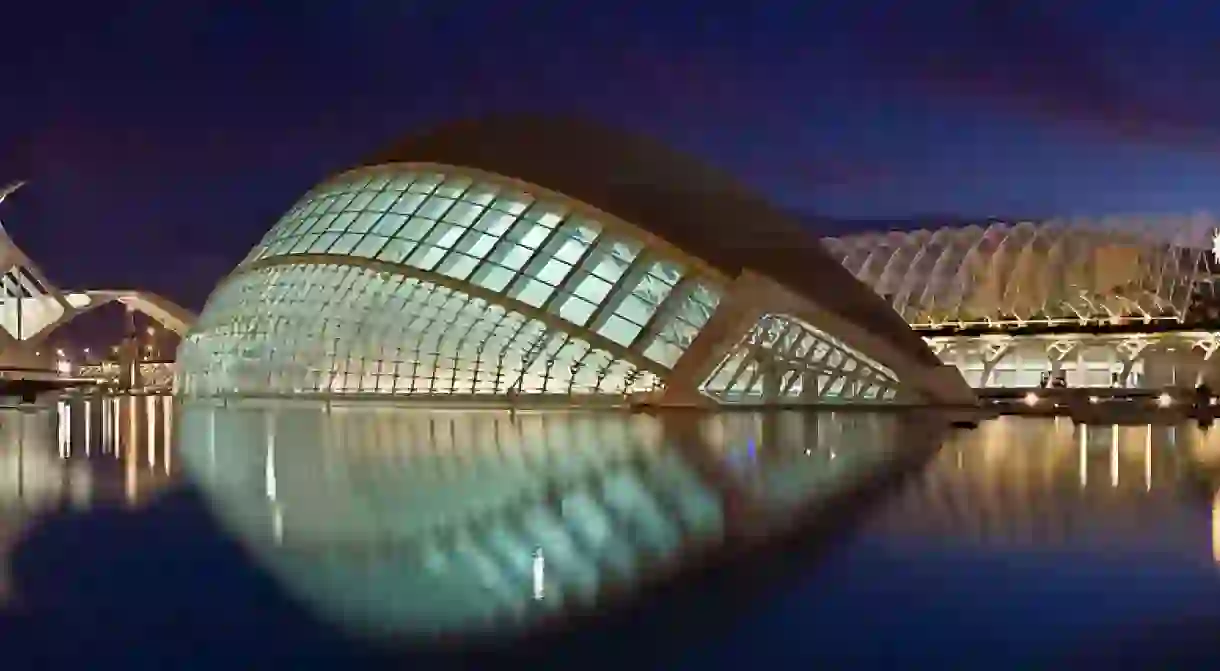The 8 Most Unusual Museums In Valencia

Beyond its famous monuments and tourist sites, Valencia and its neighborhood offer a wide range of culturally suggestive and unusual museums. Mostly related to traditions, festivities or the typical dishes of the city, each are intriguing for their unique characteristic. Here are eight of the most unusual museums in Valencia.
Museo Del Arroz
Museum
Museo Taurino
Tribunal de las Aguas de Valencia
Museum, Historical Landmark

Casa De Las Rocas
Museum

Museo de las Ciencias Principe Felipe
The Museum of Sciences of Prince Felipe is part of the The City of Arts and Sciences. The whole complex, designed by Santiago Calatrava, comprehends seven different buildings: the Palacio de las Artes Reina Sofía, the Hemisfèric, the Umbracle, the Oceanogràfic, elÁgora, the bridge of Assut de l’Or and The Sciences museum. Even though each building strikes for its original structure and educative purposes, the Sciences museum is probably the real core of the complex. Projected to resemble the skeleton of a whale, it astonishes for its imposing dimension and its singular design. Having an area of almost 40,000 square meters, the Museum of Prince Felipe offers all the exhibitions entirely graphically displayed. Moreover it covers a wide range of subjects, from old school science to recent climate problems.
The City of Arts and Sciences, Av. del Professor López Piñero, 7, Valencia, Spain, + 34 902 10 00 31

Alquería el Machistre
Museum
Museo de la Almoina
Museum

Museo Fallero
Museum














